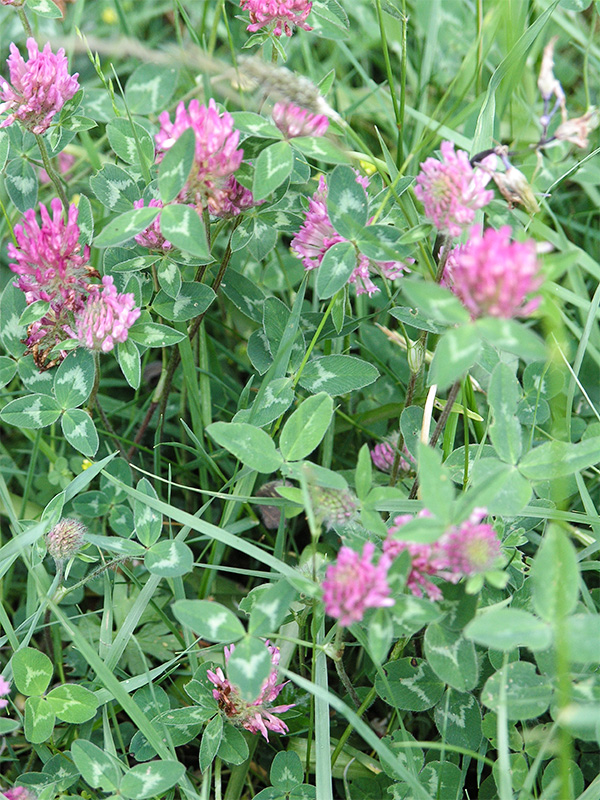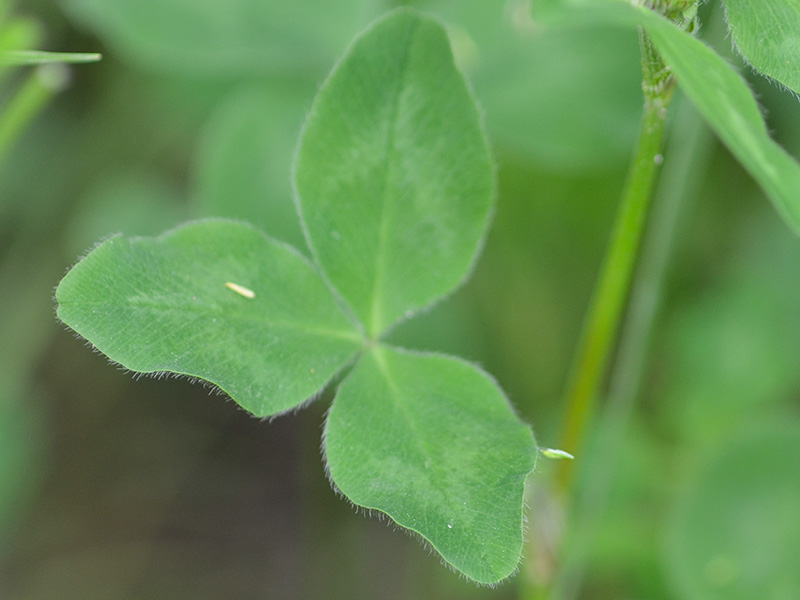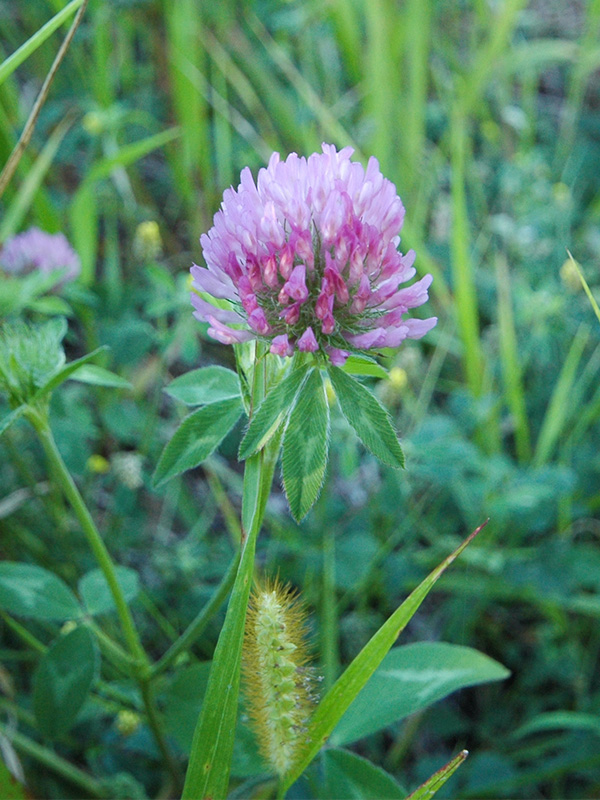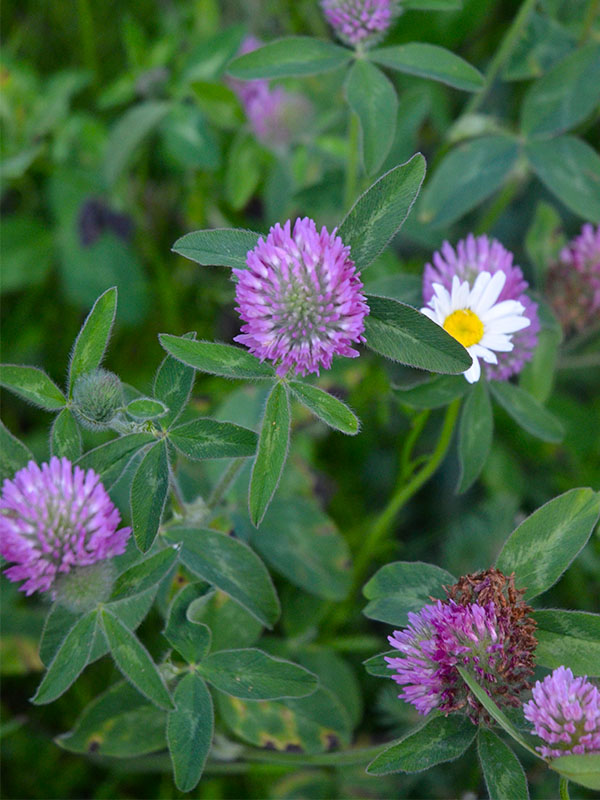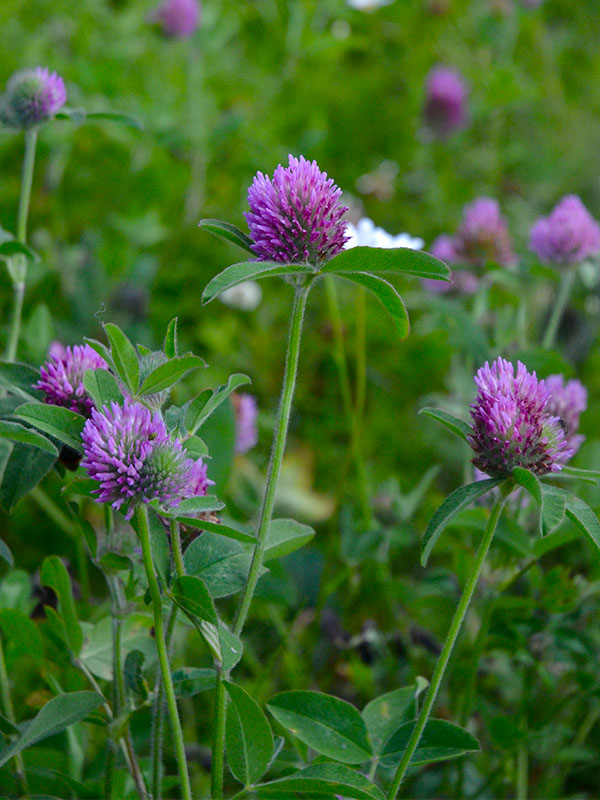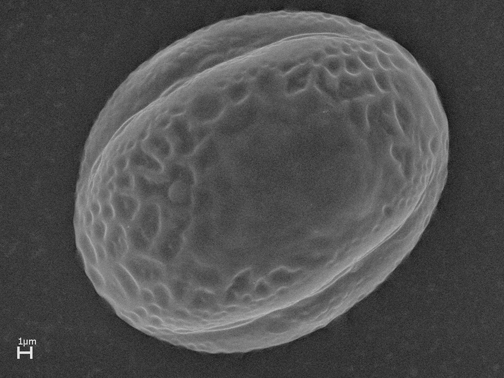Trifolium pratense (Red Clover)
Botanical Information
| Family | Fabaceae |
| Genus | Trifolium |
| Species | pratense |
| Category | Perennials, Wildflowers & Weeds |
| Origin | Native to Europe, Western Asia, Northwest Africa and North America. |
| Ethnobotanical Uses Disclaimer | Red clover is commonly used to make a herbal tea that is sweet-tasting. Used in traditional medicine in India as deobstruent, antispasmodic, expectorant, sedative, anti-inflammatory and antidermatosis agent. Alternatively, red clover is promoted as a treatment for symptoms of menopause, coughs, disorders of the lymphatic system and a variety of cancers. |
Details
| USDA Hardiness Ref. | |
| Canada Hardiness Ref. | |
| RHS Hardiness Zone | H7 |
| RHS Hardiness Ref. | |
| Height | 20 - 80 cm |
| Growth | Fast |
| Flowering Period | May, June, July, August, September |
Description and Growing Information
| Landscape | Forest margins, field borders, paths and widely planted as pasture. |
| Cultivation | Will grow in a wide range of soil and environmental conditions but not excessively wet, acid or shallow soils. |
| Pests | Roundworms are a problem. Subject to red clover rust. |
| Notable Specimens | The A.M. Cuddy Gardens, Strathroy, Ontario, Canada. Banff, Alberta, Canada. |
| Habitat | Wet/dry grassland and woodland. |
| Leaf Description | Alternate, trifoliate (3 leaflets). Each leaflet is 15 - 30 mm long, 8 - 15 mm wide and has a pale crescent in the outer half. 2 basal stipules that are narrow to a bristle-like point. |
| Flower Description | Flowers are 12 - 15 mm long and produce a dense inflorescence. |
| Colour Description | Each leaflet is green. The inflorescence is dark pink in colour. |
